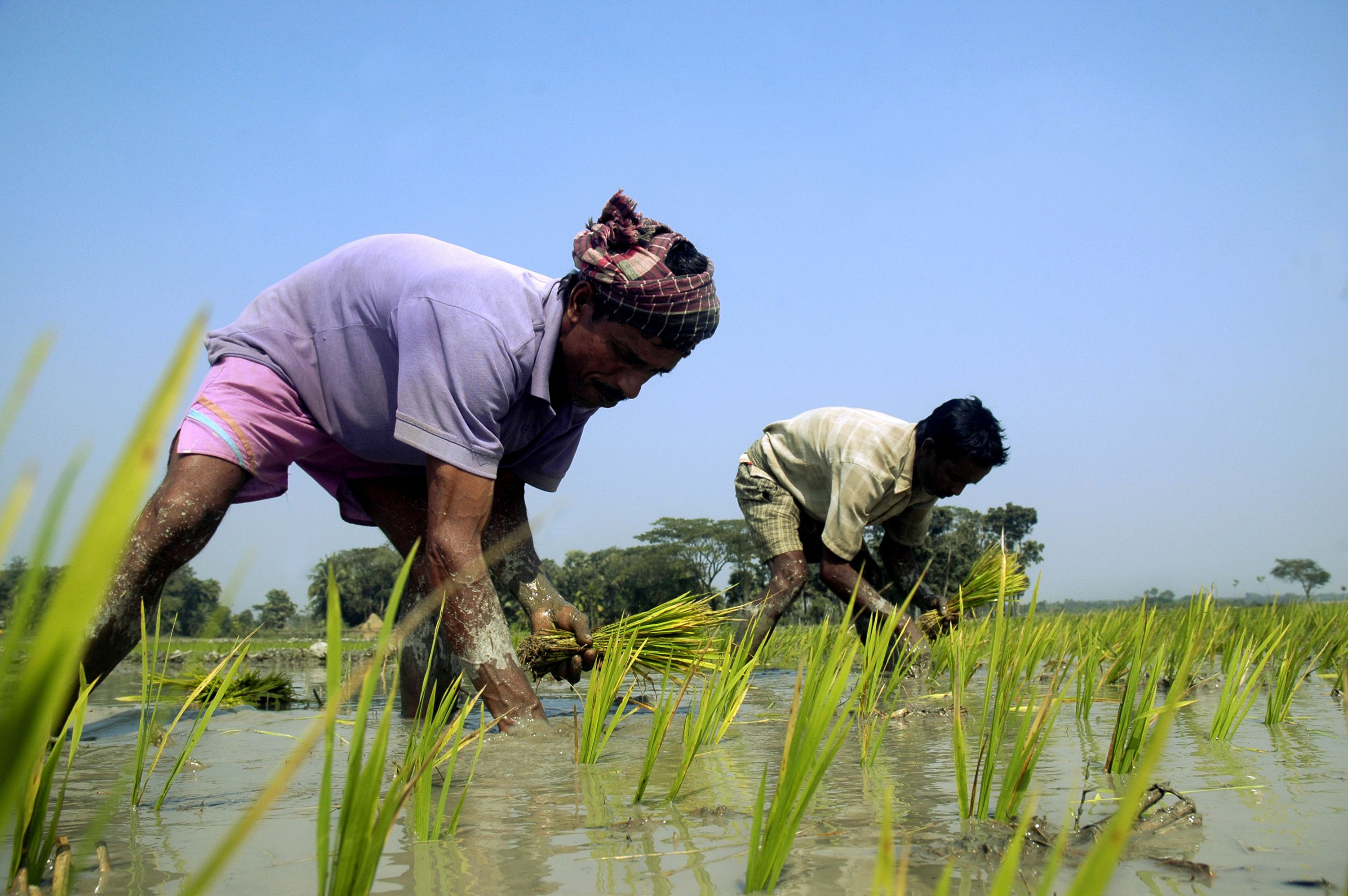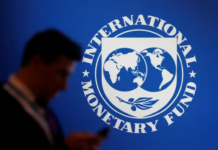December 24, 2019
Metro Rail Project: Installation of tracks begins Jan 1
Uttara starting point; 8km of 20.10km-long viaduct now visible

Installation of the first rail lines on elevated viaducts will begin next week, with the first one being fixed at the depot area in the capital’s Uttara.
Road Transport and Bridges Minister Obaidul Quader will inaugurate the installation of the rail lines on the first day of the new year, officials said.
More than eight kilometres of the 20.10km long viaduct is now visible and work is continuing on the remaining ones.
“We have completed all our preparations to start installing rail lines on December 20 and the minister will formally inaugurate it on January 1,” MAN Siddique, managing director of DMTCL, told The Daily Star yesterday.
The Dhaka Mass Transit Company Limited (DMTCL), a government-owned company, is implementing the metro rail projects.
Construction work of the Tk 22,000-crore Mass Rapid Transit (MRT Line)-6, which began in 2016, has made 38.35 percent progress as of November and is expected to be opened to the public on December 16, 2021, coinciding with the golden jubilee of the country’s independence.
Once completed, the rail service, which has 16 stations, will be able to carry 60,000 passengers per hour, reducing travel time from Uttara to Motijheel to at least less than an hour from the current two hours.
Construction work of the passenger coach for the MRT started in Japan in April and the first set of trains is expected to reach Bangladesh within mid-June next year and the trial run would start in July, MAN Siddique told this newspaper earlier this month.
In order to inform people about the new mode of public transport, the first of its kind in the country, a mock-up of the metro trail will be displayed at the exhibition and information centre of MRT-6 in Uttara within this month, he said.
There, people can learn about what the inside of the train looks like and how to buy tickets to ride on it, he added.
The construction of the project has seen significant progress in the last few months, according to the project documents.
While progress of the first phase from Uttara to Agargaon was 47.18 percent in September, it reached 65.07 percent in November. The second phase from Agargaon to Motijheel was 23.50 percent till September and 34.54 percent till November.
During a recent visit to the project site in Uttara, this correspondent found workers building a parapet wall on the viaduct. Other workers were making two lanes on both sides of the viaduct for electric lines.
Railway sleepers have already been brought to the site.
MAN Siddique said rail lines would be placed on one of sort of pad and track ballasts would not be used there, but would be placed in the depot.
About the stations, he said they would not block any footpaths for its construction but would acquire additional land instead.
The MD said they had already acquired the land for the first three stations and the land for three others would be acquired within this month.
“We hope all stations would be constructed by June 15, 2020,” he added.
The authority would install a “trial track” first inside the depot, which the trains would use for test runs before going to the main track, an official said.
The authority would have to install total around 60km rail line, including 20km inside the depot, he said, wishing anonymity.
The original implementation period of the project was 2012-2024, but Prime Minister Sheikh Hasina had directed that the services from Uttara Phase-3 to Agargaon be made operational within this year and the service from Agargaon to Motijheel by 2020.
After failing to meet these deadlines, the DMTCL now plans to make the entire line from Uttara to Motijheel operational by December 16, 2021, instead of making half of it operational first.
Meanwhile, the government decided to extend the line — now under construction from Uttara to Motijheel — up to Kamalapur Railway Station so that people can avail the rail service directly from the country’s largest railway station.
The topographical survey for it has already been done and now a “social survey” is being conducted. After completing the extension work, the total length of the rail route would be 21.26km with 17 stations.
The government aims to build five metro lines — an elevated one, an underground and, three elevated and underground — in the capital and its adjacent areas by 2030 mainly to reduce traffic congestion and air pollution.









